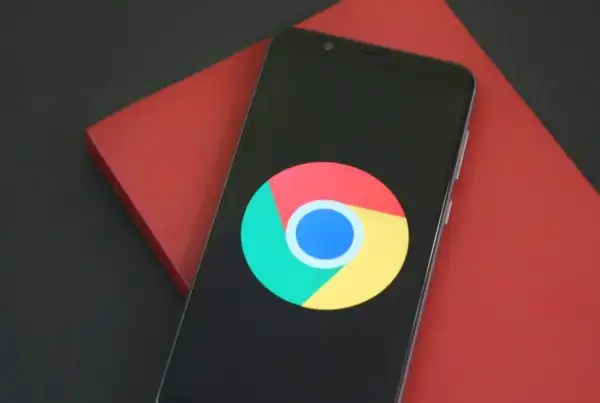 Yesterday 3 of the AccuraCast team, including myself, were lucky enough to attend the first ever Content Marketing Show, held in Holborn’s historic Conway Hall.
Yesterday 3 of the AccuraCast team, including myself, were lucky enough to attend the first ever Content Marketing Show, held in Holborn’s historic Conway Hall.
The importance of creating great content is emphasised by the fact that it is now worthy of it’s own event of this stature and it was enjoyable to hear some opinions from those across the entire business and marketing spectrum. Perhaps the most interesting and appealing aspect of the event was the variety in terms of talks and speakers and with various angles on creating content offered throughout the day, it certainly provided food for thought.
In this post are some of the key points that I picked up from each talk and the advice that I will try to implement in the future. The day began with Phillip Sheldrake’s views on influence and how you can harness the power of it, in order to create powerful content. His key advice was to consider who has which level of influence when determining how and where to publish your content, which is also a factor is delivering a piece that will create conversation between the brand and the desired audience. He also touched on the fact that you cannot force how much influence your content has or whether or not it goes viral, as this often depends on the delivery of it and the activities of the competition.
Following this talk, Lauren Pope delivered her views on “Agile Content Strategy” and advised that you should follow the process of publishing your content, measuring the success of it and then make the improvements necessary to release it again, as a far more successful piece, before repeating the process. Lauren also recommend that we follow the below process in developing our content, as it gives us a goal & makes it far easier for us to measure our success.
Fill in the blanks:
1) As a _________
2) I want to ________
3) In order to ________
Ian Humphreys, who is the head of content at Caliber, then delivered a talk on how content should ideally be a narrative and this is because it provides a structure that the audience are comfortable with. He also provided the recipe for creating amazing campaigns, which is a combination of great narrative and using the techniques of content marketing to drive conversations. The point that I found most interesting was Ian’s description that you need find the overlap between the brand’s and customer’s stories and then provide a platform for the user to share their experiences, which I feel is an excellent way to develop an affinity with the brand. His exact words were, “tell your great story and let others tell theirs,” and I believe that this is the perfect way to generate interaction with your content.

Anthony Mayfield then discussed how to scale stories and his most valuable piece of advice was to combine all the information available to you in order to create “big data”, which can lead to stories of the same proportion and this may involve the collaboration of databases and staff across departments.
The next talk was more informative than its title, “How to win at Pooh sticks”, let on and Tom Ewing provided an excellent analogy of how the internet and content have changed. Feed and streams of content are continuously coming toward us and this means that we now have less control of the content that we are exposed to online, as these streams are typically fast, fluid and chaotic. He also discussed how our feeds are filled with ‘stock and flow’, which are the durable, long lasting pieces of content and the daily updates respectively. Before moving on to the influence that brands have and whether they will act as ringmaster, providing the audience with a task, or patron, by making the audience’s activities more fun for them. Which reinforced the idea of providing your audience with the platform to share their own amazing stories.
Mila Mclean then gave her perspective as a “content rookie” and reinforced the importance of understanding as much as you can about your client and their goals before shaping your content. Following this we were given some insight into the world of content from a journalist, as Desire Athow informed us that it is best to contact journalists and editors via e-mail and Twitter before you pick up the phone.
Following this was my favourite talk of the day and this was not simply because it introduced me the Zombie Battle experience offered by Wish, which I am now itching to try! Steve Pavlovich, the co-founder of Wish, delivered his 4 pillars of successful PR and brought them to life through a number of his personal experiences. So if you are looking to create brilliant content it should certainly be:
1) Topical
2) Sexual (where possible)
3) Controversial
4) Involve celebrities (where possible)

Steve also gave some other excellent pieces of advice, notably that you should consider which influencers will give you credibility and then leverage this in order to garner further credibility.
Following the lunch break Chelsea Blacker reminded us that we should audit all our existing content, as there will certainly be something of use in there and then we can use this to develop something exciting new posts.
Steve Leighton then explained to us his love of coffee and detailed his strategy, but didn’t really give any insight into how exactly he achieved his success. After this we were given a talk by Jochen Mebus on how good briefs are they key to good content, however this was tailored more towards agencies creating content briefs and not for an SEO or PPC agency writing content in house.
The remaining talks of the afternoon were far more valuable from my perspective, as Andy Keech discussed how to monitor your social media activity and use it to determine when your conversations happen over time. You should then use this to ensure that you release your content at the optimum moment, increasing the likelihood of interaction.
Simon Penson then informed us of how we could create great content by stealing the techniques used by magazine publications, an industry that he worked in for many years. The most useful advice he gave was to consider your on-site typography and how it could aid conversions, whilst also considering your content flow over time.
Finally Matt Roberts discussed how to ensure that your content resonates with influencers, citing the setting and measurement of realistic goals as a key factor in this. Another key is to be realistic and think about which influencers you can target with success and how you will resonate with them.
Overall there were some great insights offered up by a great variety and the first ever Content Marketing Show was certainly a success.










